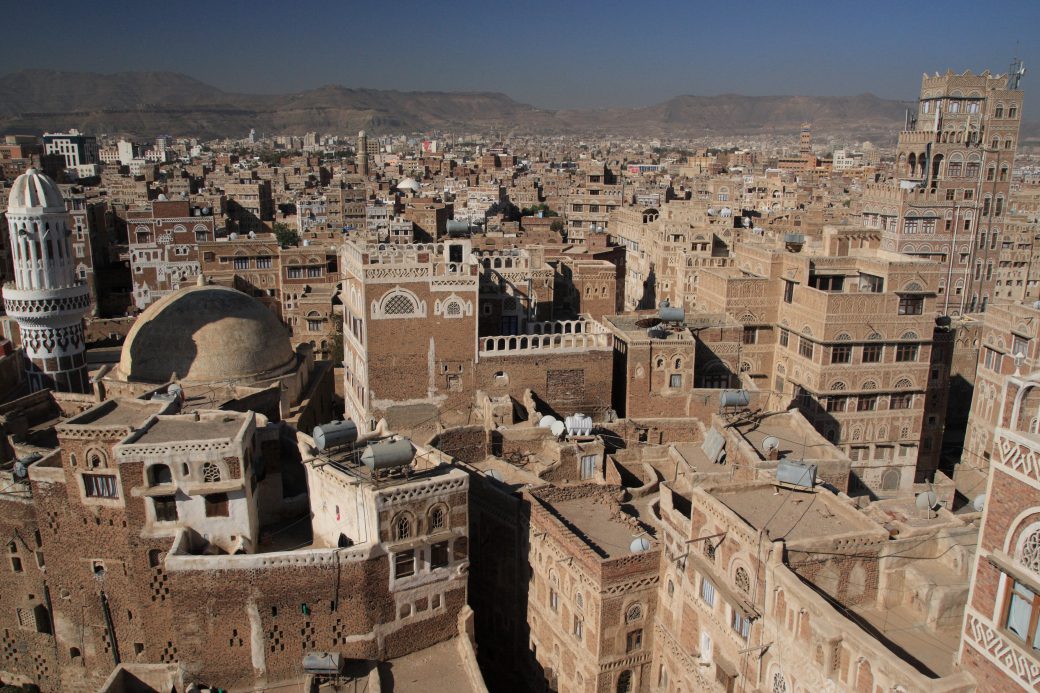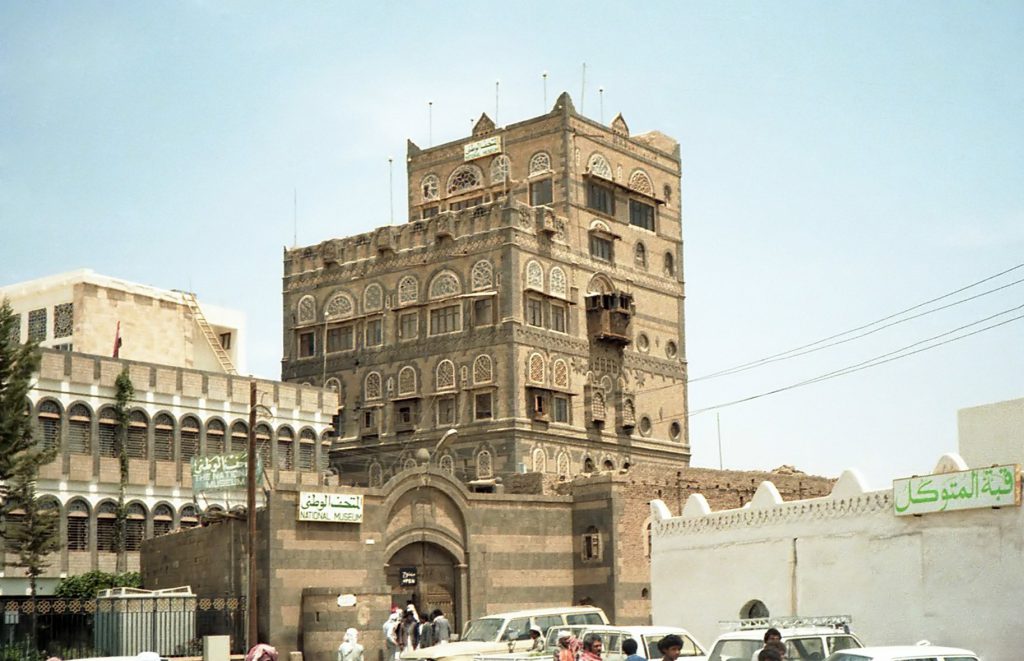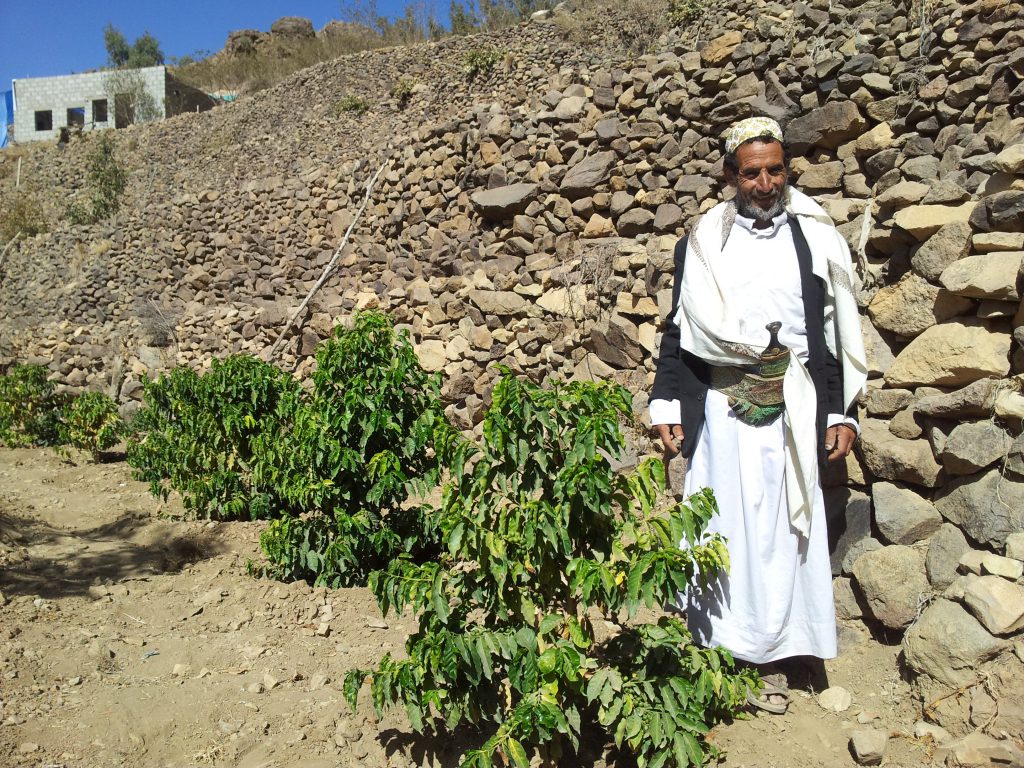The story of Yemeni mocha coffee full of game _ Why did the former coffee country become a marginal producer?
Professional coffee knowledge exchange more coffee bean information please follow the coffee workshop (Wechat official account cafe_style)
As early as the end of the 17th century to the early 18th century, the first coffee beans drunk by Europeans actually came from the Yemeni mocha, so the term "mocha" became synonymous with coffee, which can be associated with coffee. However, today, three centuries later, Yemeni coffee is not as rich as it used to be, with an annual output of only about 10,000 metric tons, which is simply insignificant compared with other countries. However, the Yemeni mocha "game" boutique coffee beans are still missed by many people. Yemeni mocha is fascinating with complex flavors such as red wine, wild game, dried fruit, berries and chocolate.

Yemeni mocha coffee beans didn't fall.
With regard to the continuous decline in the production of mocha coffee beans in Yemen, experts pointed out that there are several reasons, including drought and water shortage, rising planting costs, serious diseases and insect pests, cheaper coffee beans in other countries, and a better profit than coffee. It all shows that it is not easy to grow coffee beans in Yemen.
This is mainly due to the changeable topography and climate of Yemen, which leads to the scattered distribution of coffee among cliffs, vertical valleys, depressions, fields, terraces, plateaus and even mountains, the soil is not easy to retain moisture, and the mountain air is dry, and Rain Water is not much. It's not a good place to grow coffee at all.
However, Yemen inherits the wisdom of its ancestors by planting coffee trees on steep slopes or depressions in valleys and using terraced fields to retain precious water. Let coffee trees grow in a severe environment, but also make coffee flavor more diverse, giving birth to a unique "game", creating Yemeni mocha "game" full of boutique coffee beans.

Although the Yemeni coffee variety comes from Ethiopia, after evolution, it has actually become a unique breed in Yemen. It is needless to say that only the old farmers in Yemen can distinguish it according to the planting environment and region. The outside world is difficult to understand. The main reason is that the bean appearance and flavor are actually similar to Ethiopia's Hara and the sun's Yegashafi, but the Yemeni flavor is more elusive and complex. It's a little more mysterious.
Yemeni coffee-producing areas are mainly concentrated in the northern highlands, with elevations between 1000 and 2400 meters above sea level, with a great drop and a lot of topography. Several of the more well-known producing areas are as follows:
Matali (also known as Matali, Mattari): located at 2000-2400 meters above sea level, it is the highest producing area in Yemen and the most famous coffee bean. When shallow baking, the flavor has obvious fruit fermentation and red wine aroma, obvious sweetness, with berry or citrus sour aromas. But deep baking is a different flavor, with a clear chocolate sweetness.
Sanani: Shanali is a general term that refers to coffee in the surrounding areas of the capital Sana'a. The flavor of this area has a thick fruity aroma, often with more ripe fruit and game than Matali, but at present it is extremely rare and the quality is uneven, which requires special attention.
Ismaeili: at 1800-2200 meters above sea level, it is located in the middle of Yemen, and this name is also the name of the variety. Bean shape is more round than Matali, and slightly more complex, even with the smell of cardamom, tobacco and sunwood, less production and high price.

Yemeni coffee tree
Conclusion
In addition to the three production areas introduced above, in fact, there are many small production areas in Yemen, so I will not introduce them here one by one. Generally speaking, Yemen is mainly solarization treatment, with complex flavors, such as red wine, wild game, fermented fruit, berries and other aromas, which are very popular. And deep-roasted Yemeni coffee often tastes as bitter and sweet as chocolate, leading to today's fancy coffee with chocolate sauce also known as "mocha".
Reference source of the article:
New version of Coffee Science
Encyclopedia
END
Important Notice :
前街咖啡 FrontStreet Coffee has moved to new addredd:
FrontStreet Coffee Address: 315,Donghua East Road,GuangZhou
Tel:020 38364473
- Prev

Introduction of Montealto Manor in Costa Rica and description of coffee flavor
Montealto Manor Costa Rica Monte Alto Farm in Costa Rica was bought by Don Julio Sanchez Lepiz in the early 20th century, and since then, the estate's coffee tradition has been dedicated to providing the best quality coffee. In the beginning, in order to better manage the manor, Don Julio gave different names to each part of the manor.
- Next

Flavor characteristics, varieties and distribution of coffee cultivation in El Salvador
El Salvador produces 100% Arabica coffee, of which 68% is Bourbon, Coffea arabica var. Bourbon), 29% Pacas, other varieties including Pacamara,Caturra, etc. The Pacas variety, first discovered in El Salvador in 1949, is a natural hybrid between bourbon and Catura. Pacamara varieties, pacas and maragog
Related
- Detailed explanation of Jadeite planting Land in Panamanian Jadeite Manor introduction to the grading system of Jadeite competitive bidding, Red bid, Green bid and Rose Summer
- Story of Coffee planting in Brenka region of Costa Rica Stonehenge Manor anaerobic heavy honey treatment of flavor mouth
- What's on the barrel of Blue Mountain Coffee beans?
- Can American coffee also pull flowers? How to use hot American style to pull out a good-looking pattern?
- Can you make a cold extract with coffee beans? What is the right proportion for cold-extracted coffee formula?
- Indonesian PWN Gold Mandrine Coffee Origin Features Flavor How to Chong? Mandolin coffee is American.
- A brief introduction to the flavor characteristics of Brazilian yellow bourbon coffee beans
- What is the effect of different water quality on the flavor of cold-extracted coffee? What kind of water is best for brewing coffee?
- Why do you think of Rose Summer whenever you mention Panamanian coffee?
- Introduction to the characteristics of authentic blue mountain coffee bean producing areas? What is the CIB Coffee Authority in Jamaica?

